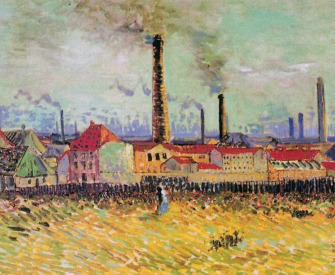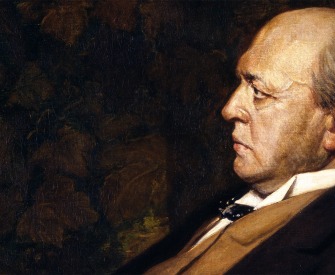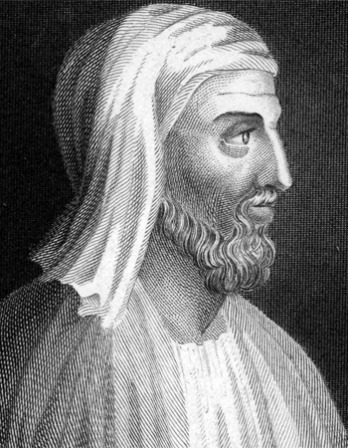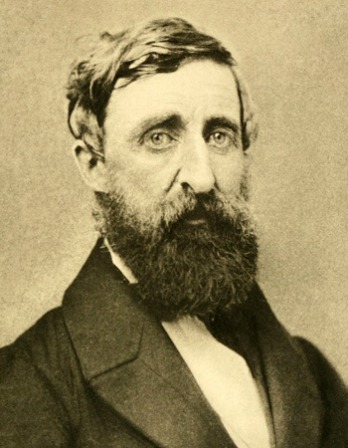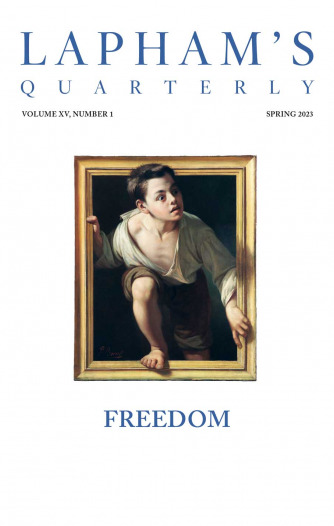Next for discussion is time. The best plan will be to begin by working out the difficulties connected with it, making use of the current arguments. First, does it belong to the class of things that exist or to that of things that do not exist? Then secondly, what is its nature? To start, then: the following considerations would make one suspect that it either does not exist at all or barely, and in an obscure way. One part of it has been and is not, while the other is going to be and is not yet. Yet time—both infinite time and any time you like to take—is made up of these. One would naturally suppose that what is made up of things which do not exist could have no share in reality.
Further, if a divisible thing is to exist, it is necessary that when it exists, all or some of its parts must exist. But of time some parts have been, while others have to be, and no part of it is, though it is divisible. For what is “now” is not a part: a part is a measure of the whole, which must be made up of parts. Time, on the other hand, is not held to be made up of “nows.” Again, the “now” which seems to bound the past and the future—does it always remain one and the same or is it always other and other? It is hard to say.
(1) If it is always different and different, and if none of the parts in time which are other and other are simultaneous (unless the one contains and the other is contained, as the shorter time is by the longer), and if the “now” which is not, but formerly was, must have ceased to be at some time, the “nows” too cannot be simultaneous with one another—but the prior “now” must always have ceased to be. But the prior “now” cannot have ceased to be in itself (since it then existed); yet it cannot have ceased to be in another “now.” For we may lay it down that one “now” cannot be next to another, any more than point to point. If then it did not cease to be in the next “now” but in another, it would exist simultaneously with the innumerable “nows” between the two—which is impossible.
Yes, but (2) neither is it possible for the “now” to remain always the same. No determinate divisible thing has a single termination, whether it is continuously extended in one or in more than one dimension: but the “now” is a termination, and it is possible to cut off a determinate time. Further, if coincidence in time (i.e., being neither prior nor posterior) means to be “in one and the same now,” then, if both what is before and what is after are in this same “now,” things which happened ten thousand years ago would be simultaneous with what has happened today, and nothing would be before or after anything else.
This may serve as a statement of the difficulties about the attributes of time.
From the Physics. The son of a Macedonian court physician, Aristotle moved from Macedonia to Athens in 367 bc and joined Plato’s Academy, where he remained for twenty years. Upon Plato’s death, Aristotle went to Assus and Mytilene, conducting scientific research that included classifying around five hundred species of animals. He claimed in the Physics, “Nature is everywhere a cause of order” and “Nature does nothing in vain.” He returned to his homeland in about 342 bc and tutored the thirteen-year-old heir to the Macedonian throne who later became known as Alexander the Great.
Back to Issue

